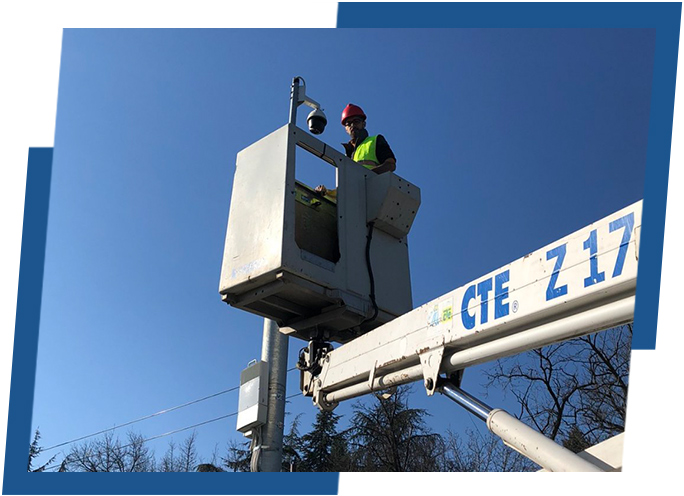Generators can be as small as 1-2 kW but are, predominantly, between 10 and 600kVA, and can be large power stations exceeding 2500 kW. When these (larger) generators are to be installed on-site, there are several considerations to be taken into account:
- If inside, it is usually in a pre-prepared generator room with a firm flat floor and sufficient ventilation – expel the exhaust and hot air from the radiator out and intake fresh air, ideally along its axis, from louvred openings at opposite ends. The exhaust silencers (mufflers) should be firmly supported from the ceiling because of their weight and vibrations from the engine which should be absorbed by the bellows. The back-pressure aspect must be considered, double-checked in terms of the proposed length and number and angle of necessary bends. If allowances in the diameter of the exhaust pipe do not make the exhaust flow unobstructed, then an alternative, shorter route should be sought. Ideally, the ventilation should have been properly defined, checked (with the generator manufacturer) and prepared during the generator room preparatory stage. The generator moving components are mounted on anti-vibration buffer on the chassis base-frame but do have the pre-drilled holes in the frame for anchoring, if requested. (We have not had an un-anchored generator move – yet!)
- If the generator is to be placed outside, it is usually in an enclosure to protect it from the elements – in a tight-fitting weather-proof canopy or in a container. Unless there is no hard flat surface and space for the generator, a concrete pad (armoured, using #6 or #8 rebar) should be made in agreement with the customer, with sufficient dimensions to place the generator in the middle and ensure access on both or three sides for maintenance (usually about 1m each side). Again, the enclosed generator can be anchored onto the concrete pad, if the customer requires. Depending on the location and exposure to passers-by and hooliganism, a roofed safety cage could be built around it to prevent build-up of snow and/or un-authorised access, damage or a simple pressing of the red emergency-stop button which disables the generator!

In either case, the route for the power and signal cables needs to be defined. Cables need to go from the mains and the consumers in main switch board to the generator LTP/ATS and from there to the generator.
- If inside, channels with metal lids are often prepared in the floor during the building stage, and alternatively they are routed across the floor protected by ramps, or via conduits along the walls or hung from the ceiling.
If outside, ideally there would be a duct in the pavement or pad through which the cables would be routed from below to the main circuit breaker and controller inside the generator enclosure. The same duct could be to the side of the building and then the cables would channeled to the LTP/ATS and the Main Switchboard Panel inside the building.